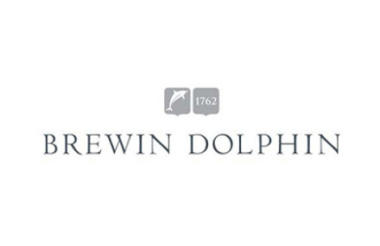Ruth Murphy looks at when a total return approach to investing should be adopted, and the merits and dangers of doing so.
The merits of total return investing were highlighted in the 1990s when those charities able to expend capital had benefited from significant capital gains. Those with permanent endowment, unable to do so, were in need of greater freedom to allow them to do so, with Charity Commission permission. The endowment model of the USA, at that time, suggested that a 5 per cent withdrawal rate for overall returns was appropriate and sustainable. A number of studies, here and in other markets, have revised that downwards since, with 3.5-4 per cent being more common.
The challenge of determining how much and when one could spend capital came into sharp focus shortly thereafter, with the dotcom bubble bursting. Many endowed charities avoided the potential pitfalls of adjusting portfolios in line with a change in policy at such a time, weathering the value fluctuation storm by continuing to focus upon income. In a number of market conditions it has served them well, as the capital build has made a 3 per cent to 4 per cent income to fulfil a greater level of beneficiary need.
However, it may not always be so. There are other dangers in being tempted to ‘stress a portfolio’ to provide excessive income, should the asset mix required to do so compromise the desire to at least grow the retained capital by the prevailing level in inflation.
We are in fortunate times for the permanently endowed, as equities, though more volatile, are the best way of growing the capital by the level of inflation whilst also producing strong and potentially growing income. As a rule of thumb, however, if income greater than 3.5 per cent is required, one might do better to adopt a total return approach, subject to invoking the powers to do so. The rationale for doing so lies partly in the risk of not adopting a total return approach. The two main risks are centred round asset allocation and stock selection. In structuring a portfolio seeking too high an income, given the low yield on bonds and cash, trustees may take on too much equity risk. In terms of stock selection trustees and their investment managers need to be mindful that later in the cycle there could be a ‘value trap’ in including too many stocks with higher yielding characteristics. Managing these risks can be done by regular reviews of both the asset allocation and stock selection strategies.
The answer is in the charity's strategic plan
The answer for many, therefore, lies in the strategic plan of the charity and the assessment of beneficiary needs. If the needs and the response by trustees suggests that an increased spend is the preferred course, provided that the real protection of the capital is not comprised over the longer term, then a total return strategy with a small capital spending element is an appropriate and charitable thing to do. Be it by increasing the rate of regular distributions or by adding a new short-term programme or project to their work.
A number of charities, be they endowed or not, have adopted a total return policy. This has provided a useful contribution to the planning and budgeting process, be it within their existing powers or by invoking the new total return powers to free up some of the capital growth (subject to the rules and accounting that apply) to relevant that was previously unavailable to them. Whilst they set a certain withdrawal rate some have, nonetheless, asked to generate most of it by way of natural portfolio income. Their rationale has been that a growing capital base will serve long-term beneficiaries well by increasing the asset base from which the income is derived, drawing on some of that capital only when required by programme needs and strategic plans.
Ruth Murphy is head of charities at Brewin Dolphin
Civil Society Media wishes to thank Brewin Dolphin for its support with this article










